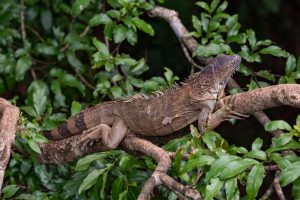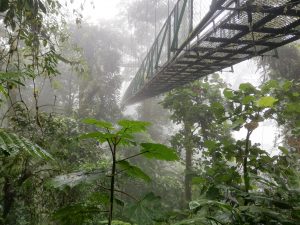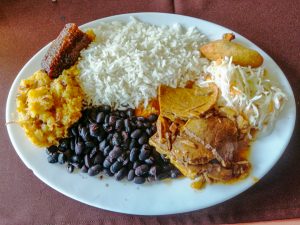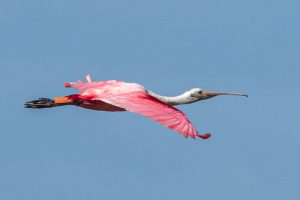Some very interesting animals that you can encounter in Costa Rica are reptiles.
I explain a bit more about tem and share some of the ones that I have found and were able to take pictures of.
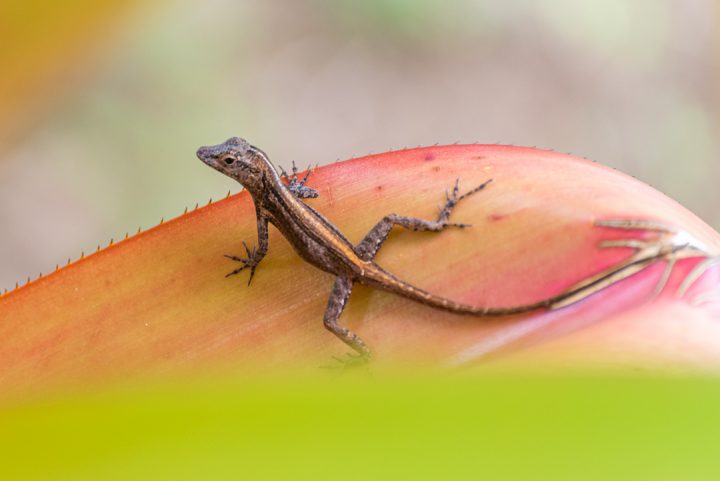
What are reptiles?
Reptile means crawling animals. The word reptile is a collective term for a lot of animals: snakes, lizards, turtles, and crocodiles.
Reptiles are all cold-blooded. They are also vertebrates, which means that they all have a spine and other bones.
There are many different reptiles: as many as 8700 species worldwide.
In Costa Rica, you can find a wide variety of flora and fauna, including many reptiles, and some of them are even threatened species.
Around 225 species of reptiles live in Costa Rica, 70 of those species are lizards.
Most of these lizards are small and they live on the forest ground. There are also very big lizards in Costa Rica, for example, the striped basilisk, the green iguana, and the black iguana.
Costa Rica is also the home to a variety of turtles, with 5 of the world’s seven sea turtle species nesting on its beaches.
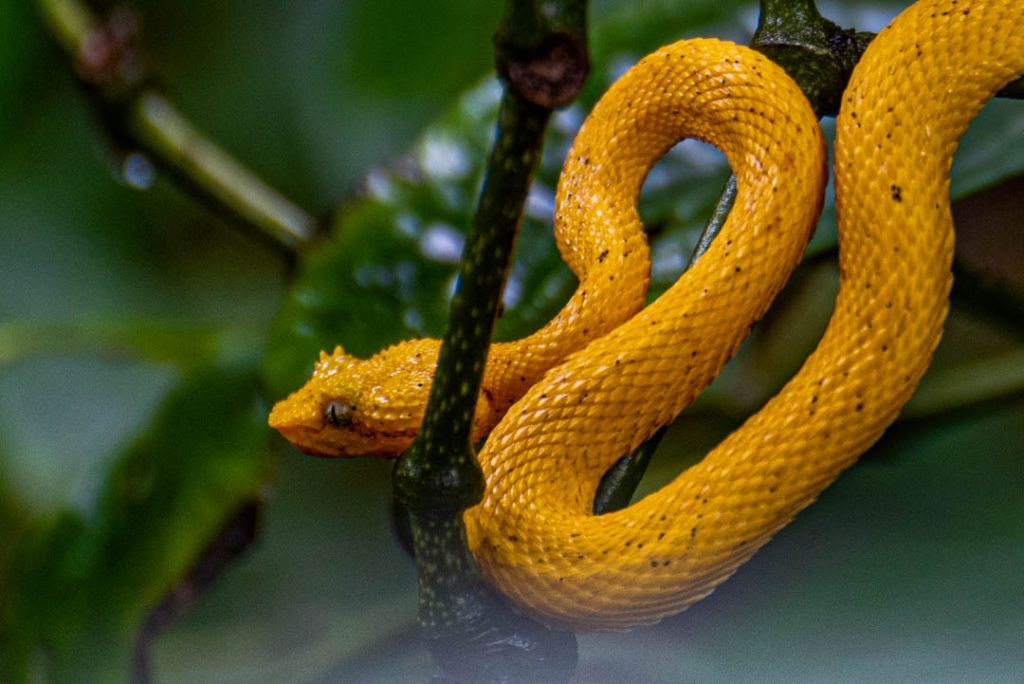
What kind of snakes are there in Costa Rica?
There are more than 130 species of snakes, which means they are the most reptiles species of Costa Rica, but don’t be scared, there are only around 20 venomous snake species in Costa Rica, and these snakes are great in hiding, so the chance that you run into them is very small.
However for your safety, it is smart to go into the rainforest with a local guide, not just to keep you safe, but you will spot many more animals with her or his help and local knowledge.
It is important to always stay on the trail.
Also, it’s possible to visit a Herpetarium, there you learn all about reptiles and amphibians. We can easily add this or a walk with a local tour guide to your itinerary.
The pictures you see in this blog are the Eyelash Viper, they are yellow, greenish, or brown as the most common ones.
The reason for its name is the eyelash-like scales. These snakes are small but don’t get too close, this Viper has a very potent poison and will attack when harassed.
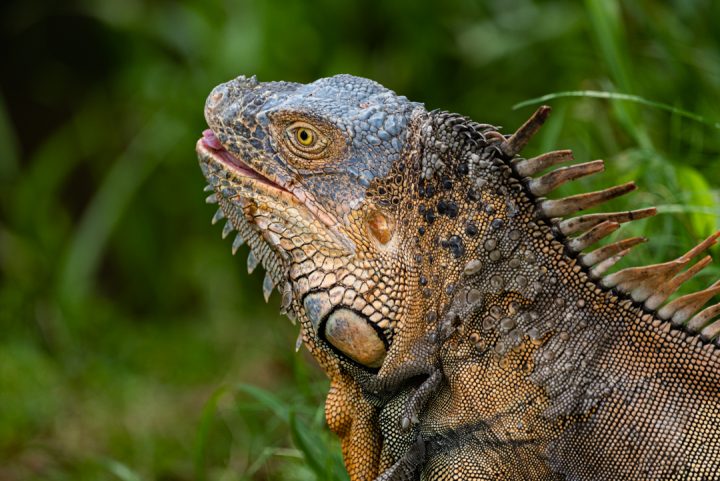
Large lizards in Costa Rica, striped basilisk, the green iguana, and the black iguana.
The lizards in Costa Rica are the common lizards, geckos, iguanas, and basilisks.
The iguanas are often easier to see when you visit the forest, but also on the street in some regions of Costa Rica.
The iguanas have different colors, they can be bright green and large (green iguana) or black and beige (black iguana).
The Green Iguana is quite a common reptile to see especially in the Caribbean Slope, and in December when the mating season starts, the males turn bright orange/yellow on their heads and bodies.
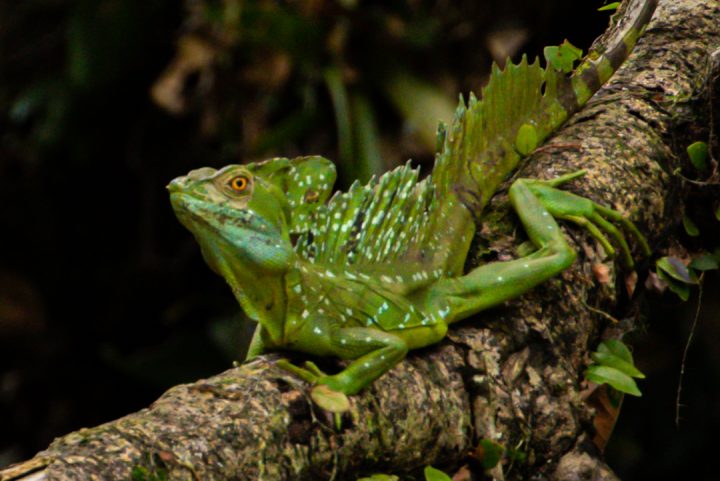
Near the rivers or ponds, it is easier to spot a particular lizard called basilisks.
They also receive the name of Jesus Christ lizard because of the ability to walk/run over the water, a strategy they often use to escape from predators.
Unlike Iguanas, Basilisks feed on small reptiles, fruits, and some bird eggs as well.
There are 3 different species of Basilisks, the Emerald Basilisk (shown in the photo), the Brown Basilisk, and the Yellow Striped Basilisk.
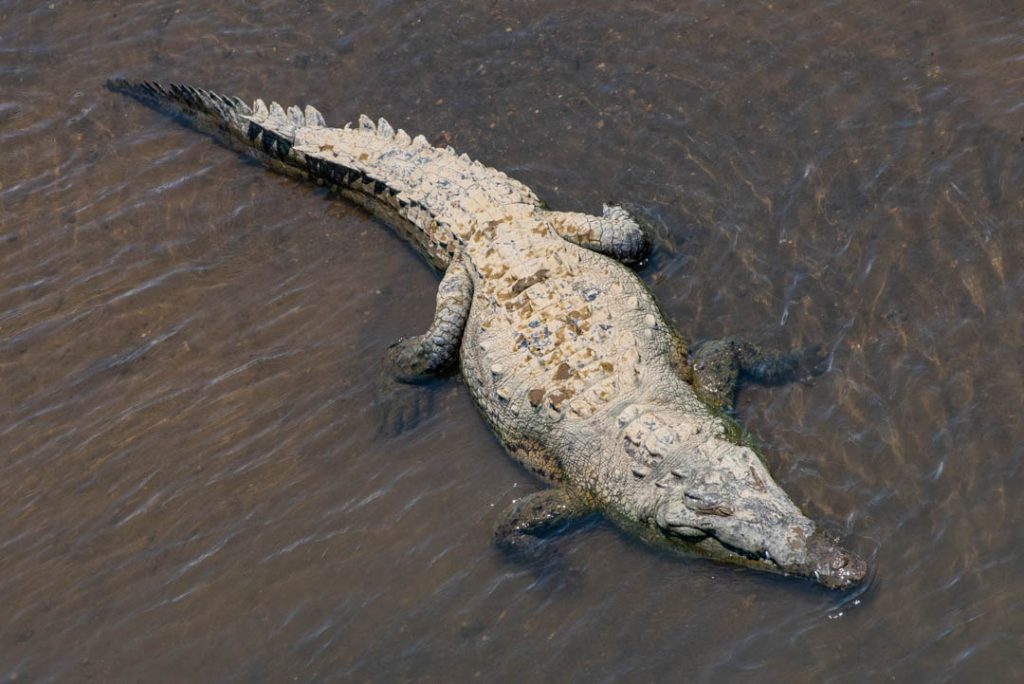
What is the difference between crocodiles and caimans?
Crocodiles can live in freshwater and saltwater as they have salt glands on their tongue to get rid of excess salt.
Crocodiles have interlocking teeth so when the mouth is closed, you will see both upper and lower teeth.
Even though crocodiles live mostly in freshwater, in the past years, due to lack of food in some rivers, and also fishermen cleaning their catch close to the mouth of rivers, crocodiles have been sighted on some beaches in Costa Rica.
If you happen to encounter a crocodile on the beach, keep calm, and walk away from it, they usually are not aggressive and will try to avoid you, but if you are too close they might feel threatened.
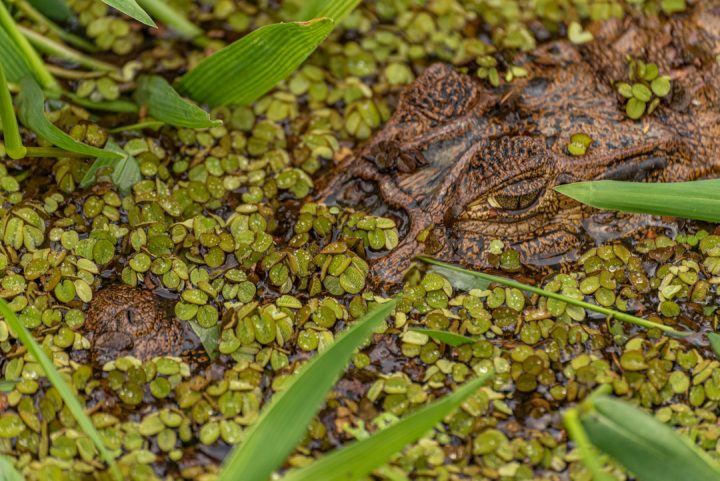
Caimans will be only found in freshwater.
An easy way to tell the difference is in their teeth.
Caimans’ upper jaw overlaps the lower jaw and teeth are not as visible with the mouth closed and you will just see their upper teeth.
They are not that easy to spot during the day as they stay mostly underwater, however during the evening, when you shine with a flashlight over the water you will see many eyes reflecting.
Turtles in Costa Rica
Turtles are distinctive reptiles because of the protective shell that covers their body. Because of this shell, turtles are unable to breathe via the expansion of the rib cage, as other reptiles do, instead, the turtle expands the neck region using special muscles to ventilate the lungs. The protection from predators provided by the shells might explain why turtles have usually long life spans. Most species of turtles are likely to live long or longer than humans. Costa Rica has nine pieces of ground turtles and five species of sea turtles:
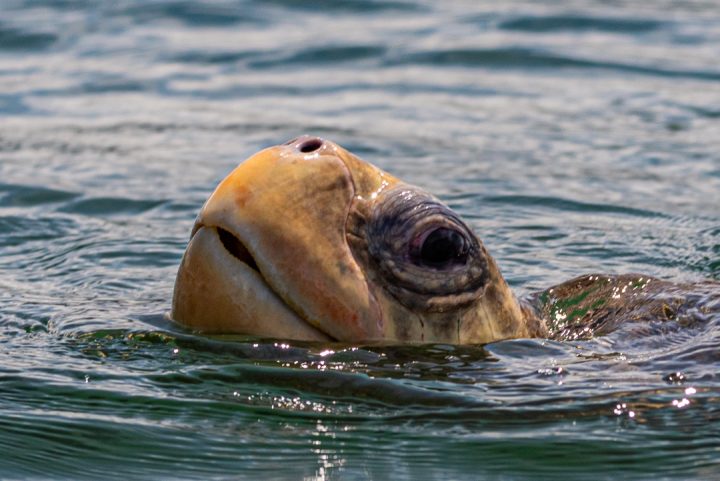
Sea turtles in Costa Rica
Hawksbill, green, olive ridley, and leatherback
The annual nesting migrations from the sea turtles are called arribadas. Most of the sea turtles found in Costa Rica are endangered.
The green sea turtle is primarily found in Tortuguero National Park.
The leatherback sea turtle is the largest sea turtle in the world and can be found on both coasts, the Pacific, and the Caribbean.
The photo of the beautiful olive ridley was taken during whale watching in Marino Ballena National Park.
During the nesting season, you can see turtles in Tortuguero, Playa Grande, Ostional, Naranjo, and Playa Hermosa.
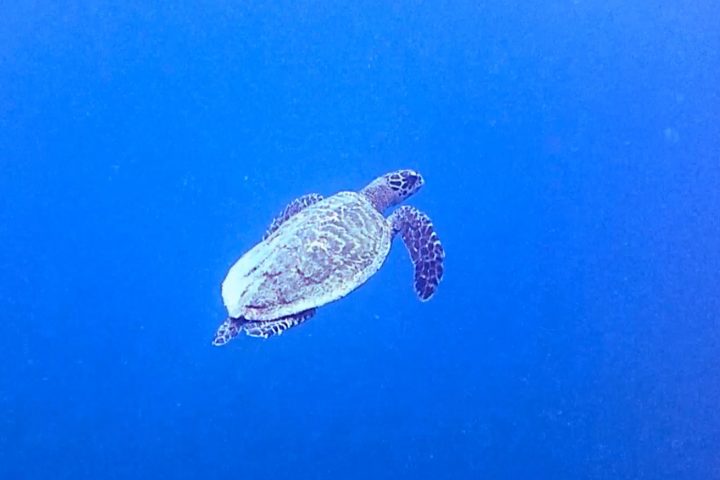
You can only visit with a licensed tour guide who will make sure you have the best experience and make sure wildlife does not get harmed.
The nesting season in Tortuguero normally starts at the end of June until the beginning of August. The hatching season is normally happening in September.
Leatherbacks season in most areas goes from February to July, Olive ridleys from July to December.
For these last two species, the largest arribadas happen in Playa Grande and Ostional.
Another chance you have to see a turtle is during snorkeling trips, any encounter with a turtle is a very lucky one, so make sure to really enjoy that moment if it happens to you.
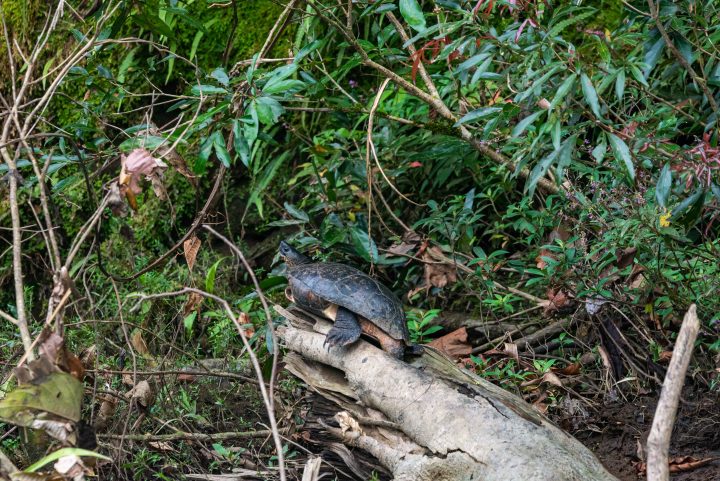
Ground and freshwater turtles in Costa Rica
Blackwood, brown wood, narrow-bridge mud, snapping, white-lipped mud turtle.
The one turtle I would like to highlight here is the snapping turtle.
These turtles are large with enormous heads, and they have a snapping bite. I hope that I will be able to take a great picture of this turtle one day in the wild.
In the photo, it is the Brown Wood Turtle, which is one of the most common turtles, especially in the Tortuguero and Sarapiqúi areas.
Questions?
If you have any further questions about reptiles and traveling to Costa Rica, don’t hesitate to contact us.

